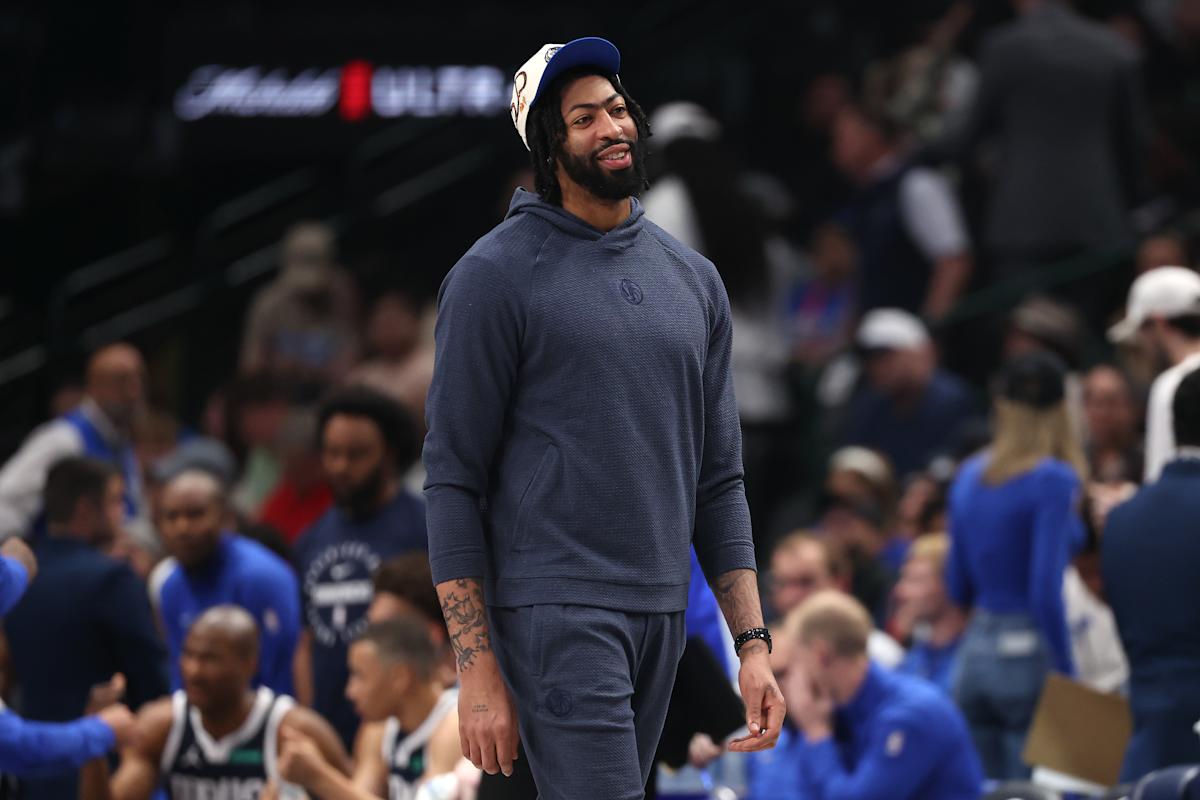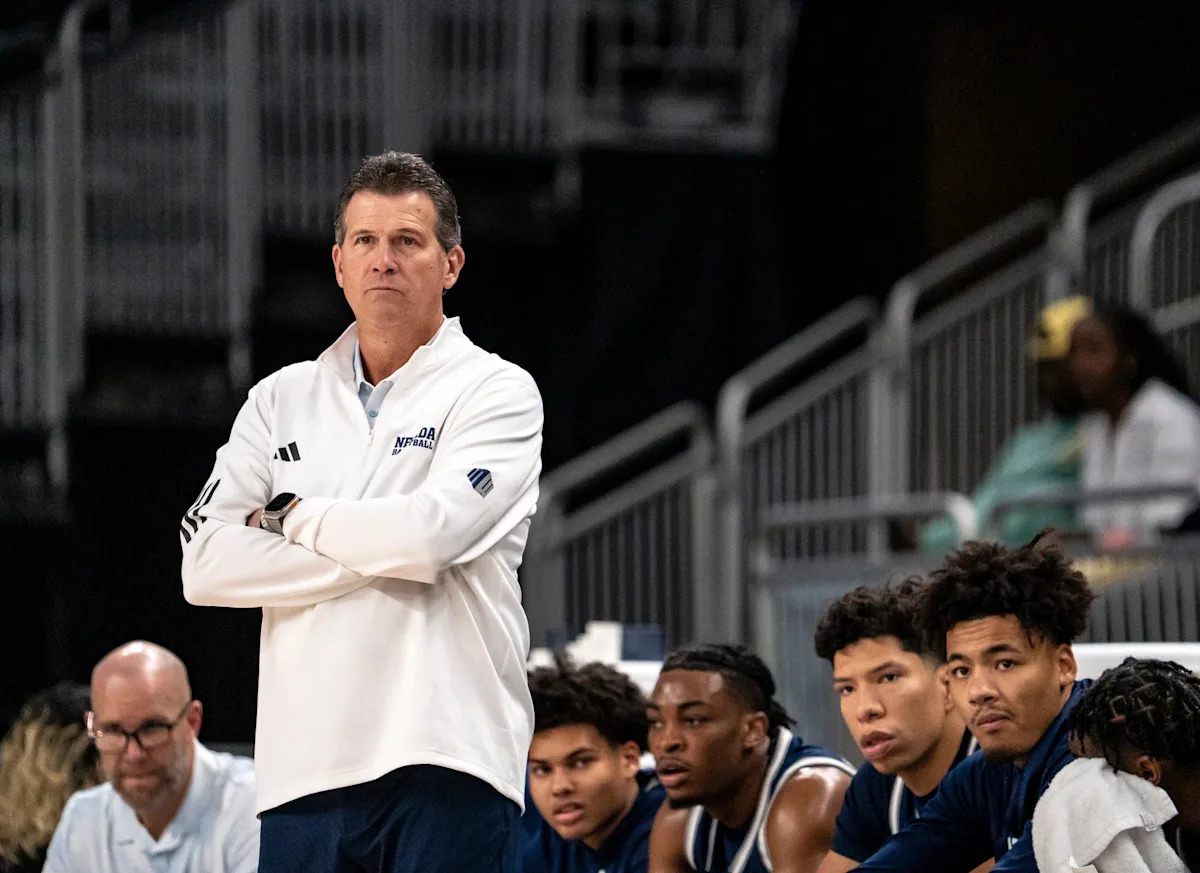Intro
Congratulations—receiving one or more college baseball scholarship offers is a big milestone! But with multiple offers comes a key question: which one is the right fit? Picking up where Making Sense of Your Scholarship Offer left off, this guide walks you through a clear, three‑step process to compare each offer confidently and choose the best overall package.
✅ Step 1: Collect & Understand Every Offer
What to do:
Compile all offers
Review “Making Sense of Your Scholarship Offer,” to understand terms and types.
Ensure you know exactly what each offer covers (tuition, fees, books, room & board, out-of-state waivers, academic awards, etc.) and for how long (1 year, 4 years, year-to-year, etc.).
Why it matters:Each offer can differ in scope and conditions. Is the scholarship tied to academics? Baseball performance? Is it guaranteed for 1 year? More? Can the terms change from year-to-year based on performance and other variables? Knowing every detail and asking clarifying questions now helps avoid surprises later.
Step 1 Example:
School A, an in-state school, offers you the following:
“We can cover your tuition and books.”
School B, an out-of-state school, offers you the following:
“We can offer you an out of state-tuition waiver that will cover the difference between in-state and out-of-state tuition and cover 75% of your in-state tuition costs with a baseball scholarship. You also will qualify for a $1,500 academic scholarship.”
💰 Step 2: Convert Offers into Out‑of‑Pocket Costs
What to do:
Break down each offer into a clear “net cost” after applying scholarship(s) and financial aid.
Standardize terms using the same academic year timeframe (e.g., annual cost).
Note: While D1 schools are allowed to full scholarships to all players on the 34 man roster, not all programs will be in the financial position to do so and equivalency-style scholarship will still be in play in many places.
Step 2 Example (Continued):
School A- In-State Newcomer
This is very easy to calculate. They will cover all of your tuition and books. That means they will cover $10,000 (tuition) + $1,000 (Books)= $11,000 total. You are left with covering $9,000 (minus any financial aid you receive). This is a 55% baseball offer.
Type
Amount
Equivalency (%)
Tuition
$10,000
.50
Fees
$500
.025
Room
$4,500
.225
Board
$4,000
.20
Books
$1,000
.05
Total Estimated Cost
$20,000
1.00
Out-of-Pocket Costs: This is very easy to calculate. They will cover all of your tuition and books. That means they will cover $10,000 (tuition) + $1,000 (Books)= $11,000 total. You are left with covering $9,000 (minus any financial aid you receive). This is a 55% baseball offer.
School B- Out-of-State Newcomer
This is a little more complex. They are offering you a tuition waiver to cover out of state tuition costs worth $11,000. Then, they are offering to cover 75% of the remaining $11,000 in state tuition cost, which is an additional $8,250. That is $19,250 (baseball scholarship) + $1,500 (academic scholarship)= $20, 750 total scholarship. You are left covering $11,750 (minus any financial aid you receive). This is a 59% baseball offer and a 64% total offer.
Type
Amount
Equivalency (%)
Tuition
$22,000
.68
Fees
$1000
.03
Room
$4,500
.14
Board
$4,000
.12
Books
$1,000
.03
Total Estimated Cost
$32,500
1.00
*Out of State Tuition waiver is worth $11,000 or .40 towards equivalency
Out-of-Pocket Costs: This is a little more complex. They are offering you a tuition waiver to cover out of state tuition costs worth $11,000. Then, they are offering to cover 75% of the remaining $11,000 in state tuition cost, which is an additional $8,250. That is $19,250 (baseball scholarship) + $1,500 (academic scholarship)= $20, 750 total scholarship. You are left covering $11,750 (minus any financial aid you receive). This is a 59% baseball offer and a 64% total offer.
🔍 Step 3: Compare Beyond Money – Assess Fit
Money matters, but it’s only part of the decision. In the example above, out-of-pocket costs for each school weren’t too far apart. You’ll want to make sure that for schools that are in your financial price range, you evaluate each opportunity across these other areas as well:
#1 Academic Fit
#2 Baseball Fit
#3 Campus Culture & Location Fit
#4 Coaching & Development Philosophy Fit
#5 Long-Term Value
How valuable is a degree from this institution?
Do baseball alumni have good post-graduation outcomes on and off the field?
Transfer or injury protections on the scholarship?
🔁 Final Step: Prioritize & Decide
Rank your offers cost, academics, baseball, culture, and future outcomes.
Talk with trusted advisors: parents, coaches, current players.
Ask follow up questions/schedule visits to your top choice(s) to confirm your gut feeling.
💡 Bonus Tips
Track deadlines—some offers come with deadlines
Stay organized: a simple spreadsheet will prevent confusion.
Be thorough in your comparison and decision, but don’t miss deadlines!
Academics matter! Good grades and test scores can play a critical role in reducing the cost of your college eductation.
🔚 The Bottom Line
Finding a college fit isn’t just about the lowest cost—it’s about choosing the offer that balances cost, personal fit, development opportunity, and long-term outcomes. With this three-step approach, you can make your decision confidently—knowing you chose the best path for both your game and your future.
Will you be taking out student loans to pay for school? Read this article on understanding student-loans and effectively managing student-loan debt.























